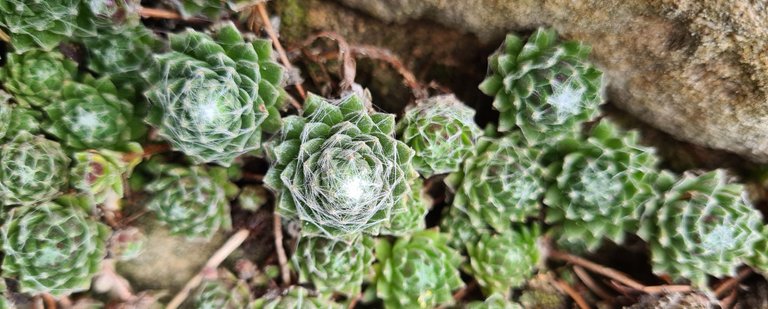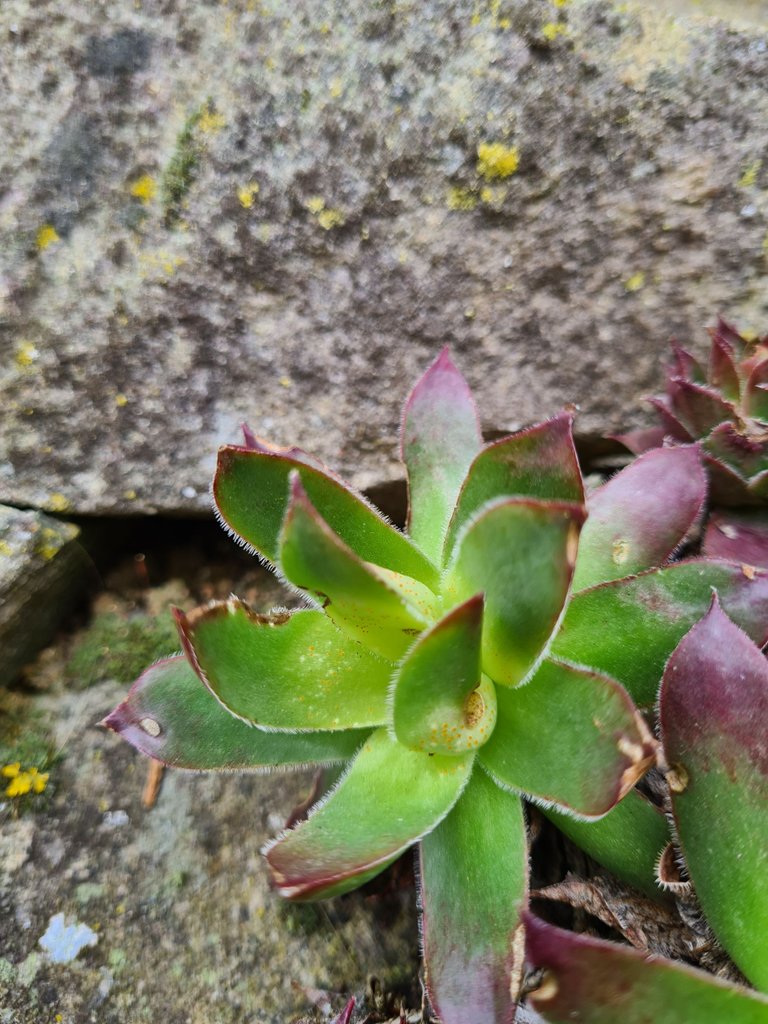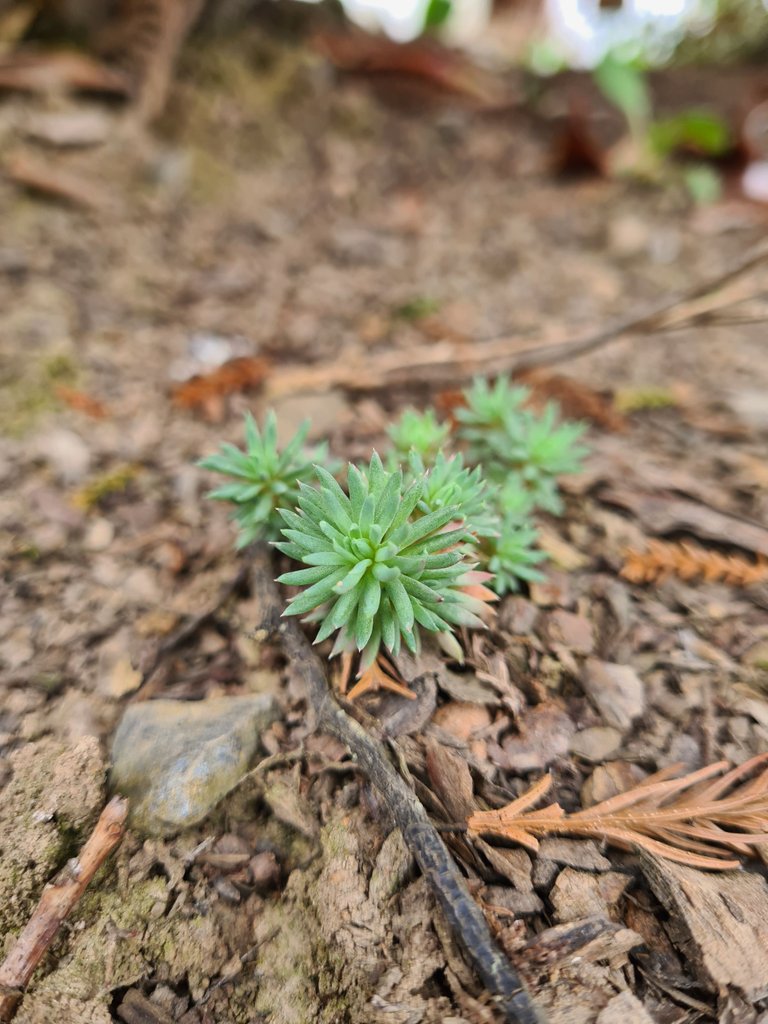Succulents and Cacti - Everything you need to know
CACTI AND SUCCULENTS

EASY CARE AND DECORATIVE
Cacti and succulents are water-retaining plants. This makes them easy-to-care-for indoor companions that can also cope with a long watering break without any problems. This makes them the ideal plants for all people who are often away from home for longer periods of time or who forget to water every now and then. On top of that, the prickly companions are very beautiful to look at and lend themselves to many creative interior design ideas.

ORIGIN: WHERE DO SPINY PLANTS COME FROM?
Succulents have a water storage organ. Cacti, on the other hand, can store liquid in their storage tissue. The cactus, a special form of succulent, is able to store water in its storage tissue.
The plants find optimal conditions in (semi-)deserts and in the steppe. But also in the tropical rainforest they feel quite comfortable as perching plants, like the orchid. While the cactus comes from America and is nowadays spread mainly from Canada to Argentina and Chile, the succulent species can be found on all continents, except in the polar regions.

THE MOST POPULAR SPECIES
About 2,000 different species of cacti are known worldwide. A popular one is the sea urchin cactus (Echinopsis) with its large, impressive flowers. However, the typical columnar cactus, which originates from Africa and is also nicknamed cowboy cactus due to its presence in western movies, also enjoys great popularity.
You're probably also familiar with the so-called old man's head (Cephalocereus senilis): its soft, white hair coat makes it a very special specimen - but don't let its gentle exterior fool you: Beneath its fluffy facade, it bears sharp thorns. By the way, the thorns of all species are simply transformed leaves.
A well-known succulent is the aloe with its versatile sap.

THE OPTIMAL CARE
Bright, sunny, dry: that's how cactus and succulent like it. Therefore, you should never banish them to damp places like the bathroom.
What these otherwise easy-care plants also need is the right substrate. It's best to reach for cactus and succulent soil, which is packed with all the essential nutrients. In addition to rich peat soil and quartz sand, a balanced slow-release fertilizer in the substrate is important for healthy growth.
Avoid watering too often - this will only cause the plant to rot. Just see when the substrate has dried out and only then provide your prickly plant with some fresh water again. If it is already shriveling, you have waited too long: Its own supply of liquid will then also be depleted. With careful watering, however, the cactus or succulent may still be saved.
In the period from March to October, you may quietly add a little cactus fertilizer to the watering water every two to four weeks.
A rest period occurs in the winter between November and March. The succulent and the cactus then feel very comfortable even at 8 °C and a little less light. Refrain from watering during this time.
Ideally, repot the plants every three to six years and provide them with fresh, nutrient-rich substrate.

That's it for today, I really hope you like the photos and hopefully see you soon!
Congratulations @ximmathiii! You have completed the following achievement on the Hive blockchain and have been rewarded with new badge(s) :
Your next target is to reach 1500 upvotes.
You can view your badges on your board and compare yourself to others in the Ranking
If you no longer want to receive notifications, reply to this comment with the word
STOPCheck out the last post from @hivebuzz: